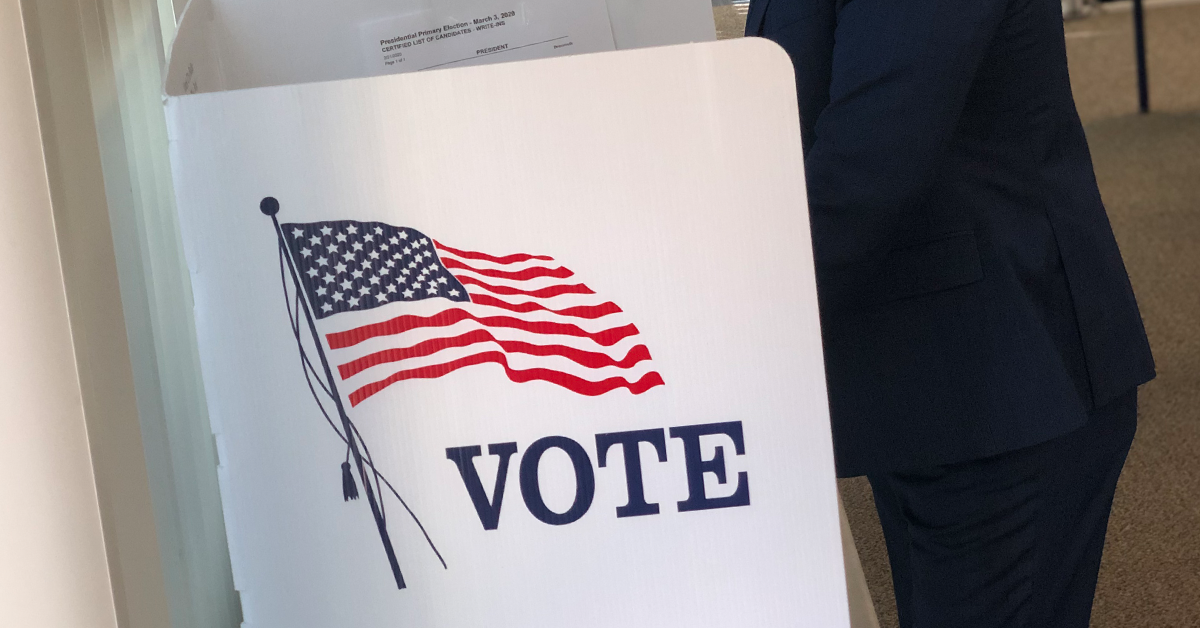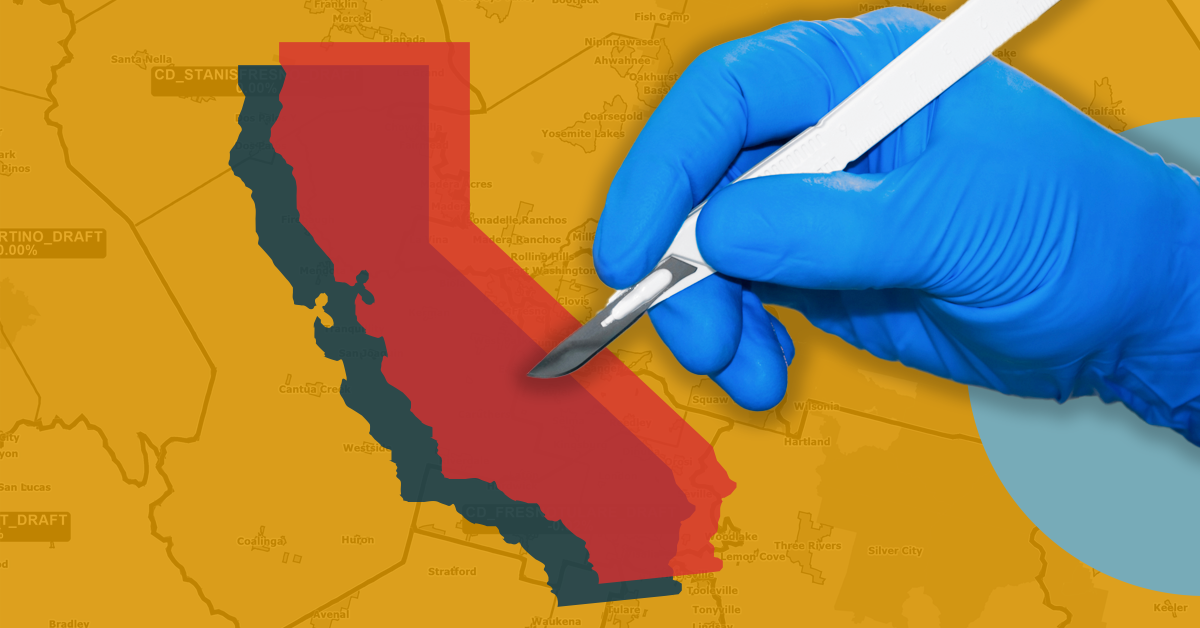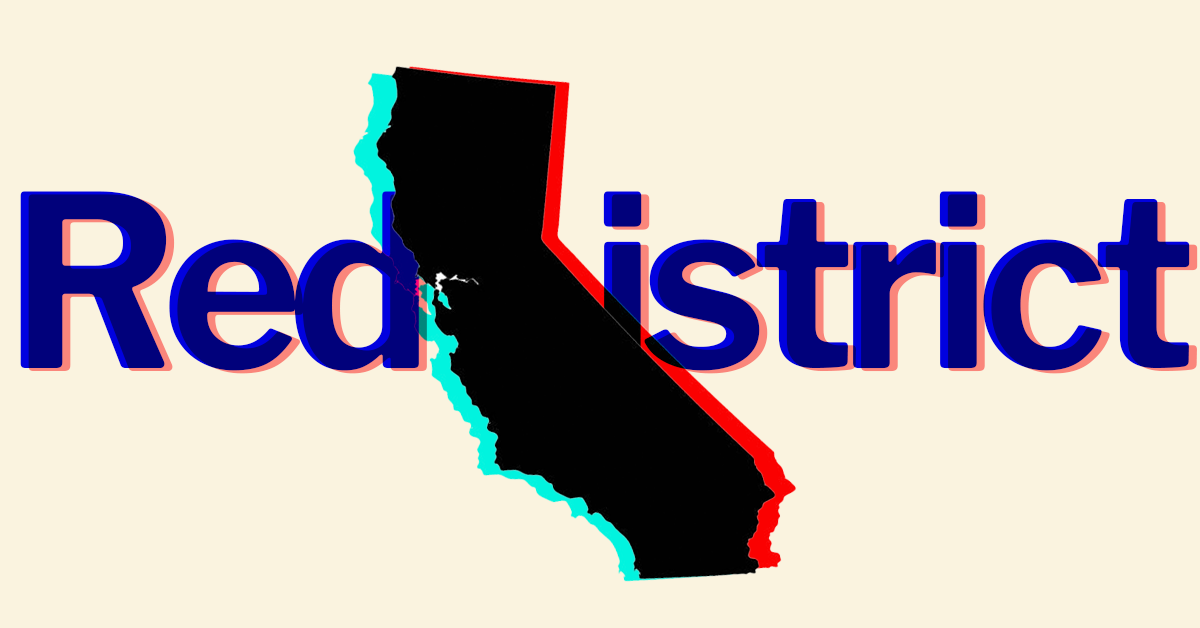After three straight days of reviewing and revising Congressional maps, what – exactly – is the status of California and the Central Valley’s Congressional landscape for the next decade?
Clear as mud.
After launching into a full-scale, 23-day sprint to finalize boundaries for the California State Assembly, Senate, Congressional, and Board of Equalization district, citizen commissioners found themselves completely upending the state’s map multiple times over the course of the weekend.
Heading into Monday, they have two paths forward:
Take draft maps presented ahead of Veterans Day and make minor adjustments, as originally promised.
Or follow its work from Friday and Saturday and attempt to reconcile two full days of drastic tweaks, overhauls, and variations that vary widely from its original draft.
The only thing that is clear at this point: Monday is do-or-die for the commission’s work on its highest-stakes drawing task.
‘Now we’re going to go back… and blow up the whole state’
Much of the consternation north of the Grapevine centered on the Sierra Nevada-anchored “ECA” district, stretching from Lake Tahoe and Death Valley.
In the Commission’s draft map, Modesto had been placed in the long-stretching ECA district along much of the Sierra Nevada Mountains, spanning from Lake Tahoe to Death Valley.
But after listening to public comment on the matter over the last month, select commissioners sought to attempt to remove Modesto from the ECA district and grouping it with a district that previously included Tracy and much of San Joaquin County.
Those changes presented further adjustments to districts involved with San Joaquin, Sacramento and Yolo Counties, leading Commissioner Neal Fornaciari – one of the few commissioners to tackle assignments in Central California – to try to get the Commission on track with its end goal of finalizing the map.
“We had this iteration. We spent a heck of a lot of time going through this iteration, and we changed it because we didn’t like it. And now we’re going to go back and do it again and blow up the whole state,” he commiserated on Friday. “So if that’s what you guys want me to do, I’ll go work to take another look, but I feel like we’re just going down the same road we went down before.”
Commissioner Alicia Fernandez agreed with Fornaciari, sharing frustration with the continual changes with little to show for them.
“We went through the north and we did it, and now every change we make is going to completely redo,” Fernandez said. “We’re never going to get done, I’m sorry.”
In response to Fornaciari and Fernandez, Commissioner Trena Turner offered up a differing opinion that proved to influence the commission’s actions for nearly all of Saturday – the panel’s ideal, now blown, deadline.
“I just want to say I understand the frustrations and what have you. I just believe Commissioner Fornaciari, Commissioner Fernandez, Commissioners – I just feel like we learn as we go. I think that we started out with a lot of what we felt were hard and non-negotiables, things like I wanted San Joaquin County together, you wanted Yolo together, someone else wanted something else together,” Turner said.
“Based on what we’ve heard, based on testimony, not just pulling it out of the air, and as we’ve gone through the entire map, we’ve had to make some tough decisions in a lot of places that make you then kind of go back and think, ‘Did it really have to be that way?’ Because if we took hard lines in some places and other places we made exceptions, then we do need to go back and look at it. Which for me is what’s driving a change of thought. I don’t want us to continue to revamp the map over and over and over, particularly where it does not make sense. But I think going into this I’m just hoping that we did not make some choices based on what we thought had to happen.”
Turner’s desire to continually be open to further ideas led to a popular phrase among the commission on Saturday: “Leave no stone unturned.”
Similarly, commissioners found themselves struggling to strengthen Latino-majority Congressional districts (dubbed Voting Rights Act districts) in the San Joaquin Valley, with only one district – covering Kern and Kings counties – reaching a citizen voting age population of 55 percent Latino residents.
Where’s LeMons?
For much of the weekend, the Commission operated one man down.
One commissioner, Antonio LeMons, was absent as Commissioners hotly debated the state’s 52 Congressional district boundaries and faced complaints that he is prioritizing a television show on FOX’s newly relaunched black TV network over the state’s redistricting process.
Commissioners face key deadlines ordered by California’s Supreme Court. They must turn display final maps by Dec. 23 and have those maps certified by Secretary of State Dr. Shirley Weber no later than Dec. 27.
The Commission still has to tackle Senate and Board of Equalization district boundaries beginning Tuesday.
Along with perpetual redrawing of Los Angeles, Orange, and San Diego counties, jockeying around developing ideal maps for the ECA and San Joaquin Valley VRA districts on Saturday pushed commissioners to gear up for a Monday showdown over the entire state Congressional map.








